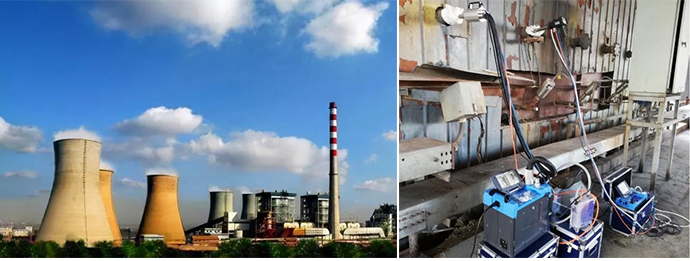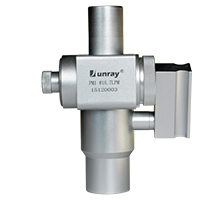IN INDUSTRIES where employees are exposed to hazardous materials (chemical, physical or biological) as airborne contaminants, respiratory protection is a crucial component of workplace safety.
The Health and Safety Executive (HSE) in the UK has issued a guidance document, INDG 479, which outlines the requirements for respirator fit testing and is mandatory for employers to implement in the UK that have employees who are required to wear respirators for their jobs. However, simply providing employees with respiratory protection equipment is not enough. It is equally important to ensure that the equipment fits properly and provides adequate protection against the hazards in the workplace. Quantitative fit testing is an accurate method of fit testing – using measurement data to calculate the fit factor. Handheld particle counter

What is quantitative respirator fit testing?
Quantitative fit testing is a method of testing the effectiveness of a respirator by measuring the concentration of particles outside and inside the respirator during a controlled test. This test is designed to ensure that the selected respirator fits properly. The test involves the use of a specialised instrument called a quantitative respirator fit tester, such as the TSI PortaCount Respirator Fit Tester, which measures the number of particles that penetrate the respirator during a series of exercises designed to simulate real-world work movements the employee will be doing while wearing the respirator.
Why is fit testing important?
Respirator fit testing helps to ensure that the respirator fits properly and provides adequate protection against the hazards in the workplace. If a respirator does not fit properly, it may not provide adequate protection against the hazards in the workplace, which can result in serious health consequences for the employee, including illness and/or serious injury. In addition, if a respirator is not comfortable to wear because it does not fit properly, the employee may be less likely to wear it, which can further increase their risk of exposure to the hazards in the workplace.
Not doing fit testing at all can result in huge hidden costs. If an employee becomes ill or injured due to inadequate respiratory protection, the employer may be liable for medical expenses, lost wages, and even legal fees if the employee chooses to file a lawsuit. In addition, if an employee becomes ill or injured, they may need to take time off work, resulting in lost productivity and downtime for the employer.
Why TSI PortaCount respirator fit tester?
The company says the TSI PortaCount Respirator Fit Tester is the best way to help ensure employees are adequately protected. The instrument is a reliable, accurate, and efficient quantitative fit testing machine that measures the concentration of particles inside and outside the respirator during an automated test. The TSI PortaCount Respirator Fit Tester provides quantitative results that are easy to interpret, automatically creates fit testing records, making it a more reliable and efficient fit testing method than qualitative methods. In addition, the instrument is a fast and efficient fit testing machine, reducing the time it takes to complete fit testing and minimising lost productivity.

Cleanroom Leak Detection Around the globe, TSI provides a comprehensive range of solutions with unparalleled reliability and accuracy necessary to accomplish your goals. From workflow management, software services and measurement instrumentation, our complete suite of solutions are tailored to help you make informed, data-driven decisions to get your job done.